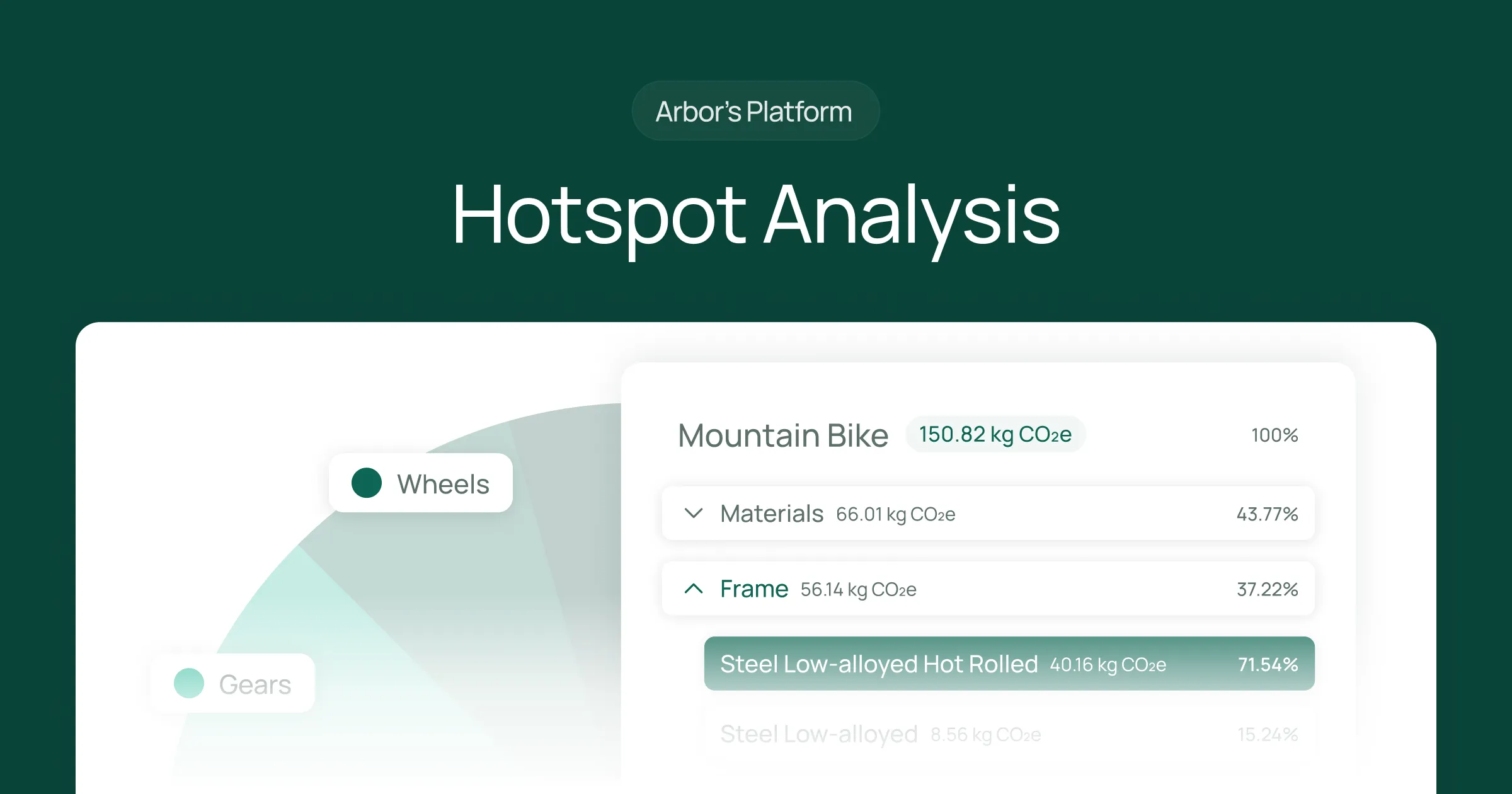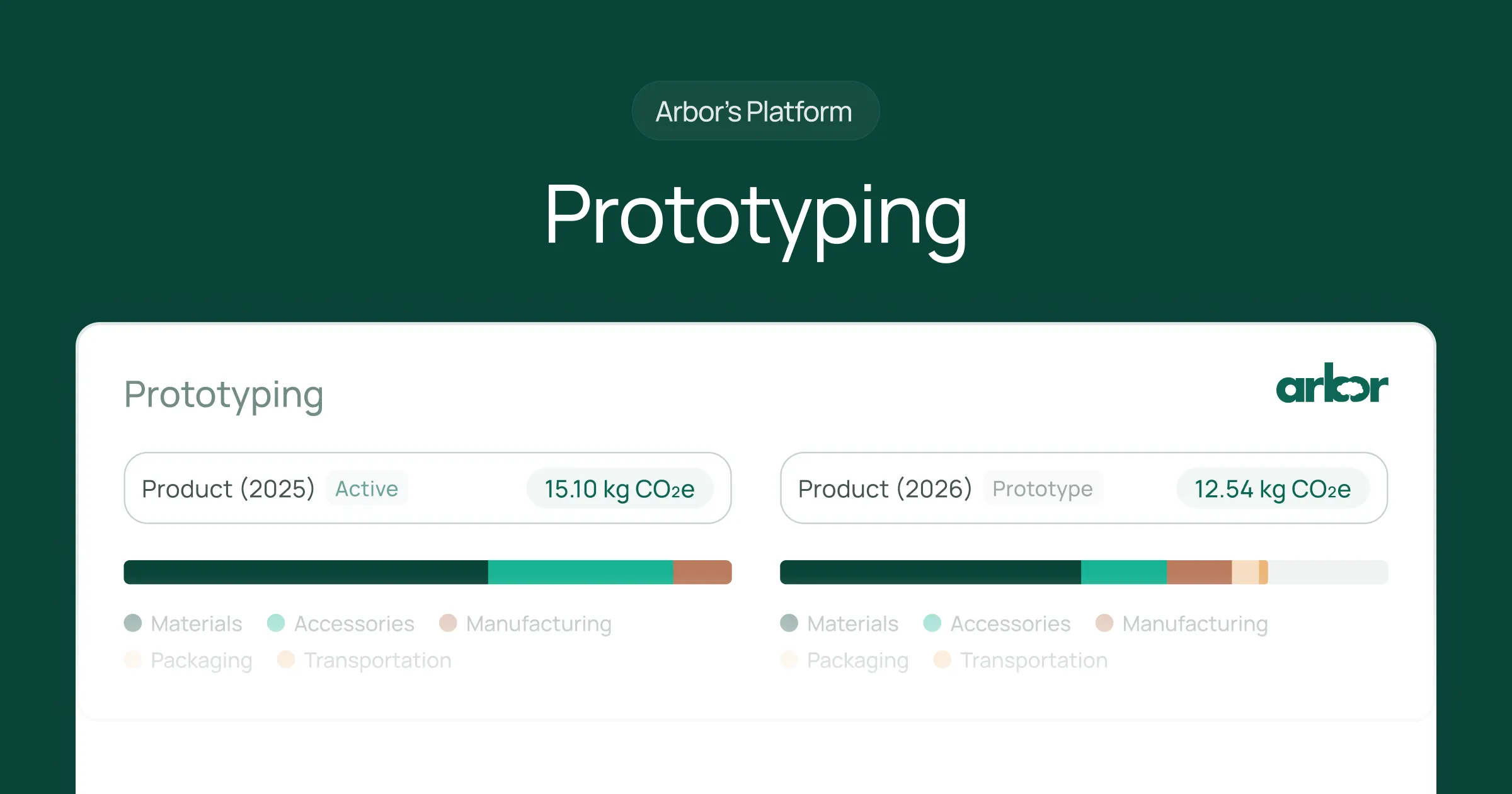Embodied carbon refers to the amount of carbon dioxide (CO2) and other greenhouse gases (GHGs) emitted from the manufacturing, transportation, installation, maintenance, and disposal of building materials. This term is a significant part of the carbon/climate/sustainability discourse, as it provides a building's overall carbon footprint. Embodied carbon accounts for a significant percentage of global emissions, and understanding it is crucial for anyone interested in reducing their carbon emissions.
Embodied carbon is often overlooked in favour of operational carbon, which refers to the emissions produced during a building’s use. However, embodied carbon can make up a significant portion of a building's total carbon footprint, particularly in energy-efficient buildings with low operational emissions. Therefore, it is essential to consider both embodied and operational carbon when assessing a building's environmental impact.
Understanding Embodied Carbon
Embodied carbon is calculated by assessing the life cycle of a product or material. This involves considering all stages of the product's life, from the extraction of raw materials through manufacturing and transportation to disposal or recycling. Each stage of this process emits a certain amount of CO2 and other GHGs, which are added together to give the total embodied carbon.
The calculation of embodied carbon can be complex, as it involves considering a wide range of factors. For example, the type of material used, the energy efficiency of the manufacturing process, the distance the material is transported, and the method of disposal or recycling can all significantly affect the total embodied carbon. Therefore, specialized software or consulting with experts like Arbor is often necessary to calculate embodied carbon accurately.
Importance of Embodied Carbon
Embodied carbon is a critical factor in the fight against climate change. Buildings are responsible for approximately 40% of global carbon emissions, a significant portion of which comes from embodied carbon. Therefore, reducing embodied carbon can significantly impact overall carbon emissions.
Furthermore, as buildings become more energy-efficient, the proportion of total emissions coming from embodied carbon is increasing. This means that even if a building is highly energy-efficient during its operational phase, it may still have a high carbon footprint due to the embodied carbon in its materials. Therefore, it is essential to consider embodied carbon when designing and constructing buildings.
Ways to Reduce Embodied Carbon
There are several ways to reduce embodied carbon in buildings and products. One of the most effective is to use low-carbon materials. These materials emit less CO2 during their life cycle than traditional materials. Examples include recycled steel, bio-based materials, and low-carbon concrete.
Another effective strategy is to improve the energy efficiency of the manufacturing process. This can be achieved through various methods, such as using renewable energy sources, improving insulation, and optimizing production processes. Additionally, reducing the distance that materials are transported can significantly reduce embodied carbon.
Measuring Embodied Carbon
Measuring embodied carbon can be complex, as it involves considering many factors. However, there are several tools and methodologies available that can help. These include life cycle assessment (LCA) tools, carbon calculators, and environmental product declarations (EPDs).
LCA tools allow you to assess a product's or material's environmental impact over its entire life cycle. This includes extracting raw materials, manufacturing, transportation, use, and disposal or recycling. LCA tools can provide a comprehensive picture of a product's environmental impact, including its embodied carbon.
Life Cycle Assessment (LCA)
Life Cycle Assessment (LCA) is a method used to evaluate the environmental impacts associated with all the stages of a product's life from cradle to grave (i.e., from raw material extraction through materials processing, manufacture, distribution, use, repair and maintenance, and disposal or recycling). LCAs can help identify opportunities to improve the environmental performance of products at various points in their life cycle. LCAs are data-intensive and require much information about the product, its materials, and the processes used to create it.
Carbon Calculators
Carbon calculators are tools that allow you to estimate the carbon emissions associated with a product or activity. They consider various factors, such as the type of material used, the energy efficiency of the manufacturing process, and the distance the material is transported. Arbor’s platform can help you measure your product's or asset's embodied carbon with region-specific accuracy.
Embodied Carbon in Different Materials
The amount of embodied carbon in a material can vary significantly depending on various factors, including the material type, the manufacturing process's energy efficiency, and the distance the material is transported.
For example, steel and concrete are two of the most commonly used building materials but have very different embodied carbon values. Steel is typically high in embodied carbon due to the energy-intensive process used to produce it. However, it can be recycled, significantly reducing its embodied carbon. Conversely, concrete has a lower embodied carbon value, but it is often used in large quantities, which can result in high total emissions.
Steel
Steel is a widely used material in the construction industry due to its strength and versatility. However, steel production is energy-intensive and results in high carbon emissions. This is primarily due to the use of coal in the steelmaking process, which releases large amounts of CO2.
Despite this, steel has the potential to be a low-carbon material. This is because steel can be recycled, which requires significantly less energy than producing new steel. Therefore, using recycled steel can significantly reduce the embodied carbon of a building or product.
Concrete
Concrete is another commonly used building material. It is made from a mixture of cement, aggregate (such as sand or gravel), and water. Cement production is particularly carbon-intensive, as it involves heating limestone to high temperatures, which releases CO2.
However, concrete has a lower embodied carbon value than steel, as the production process is less energy-intensive. Additionally, concrete can be recycled, although this is less common than steel recycling. Therefore, using low-carbon concrete and recycling where possible can help reduce a building or product's embodied carbon.
Summary
Understanding and reducing embodied carbon is crucial to the fight against climate change. By choosing low-carbon materials, improving the energy efficiency of manufacturing processes, and reducing the distance that materials are transported, the embodied carbon of a building or product can be significantly reduced.
While measuring embodied carbon can be complex, there are several tools and methodologies available that can help. Using these tools makes it possible to comprehensively understand a product or material's environmental impact and identify opportunities for improvement.
As you strive to understand and mitigate the embodied carbon within your organization's operations, Arbor is your ally in navigating the complexities of carbon management. Our platform empowers executives and project leaders like you to easily make informed, environmentally-conscious decisions. With Arbor's Carbon Calculator, you can pinpoint the material-level carbon impact of your products and explore alternatives through prototyping. Our Carbon Reporting tool ensures compliance with climate legislation, while Carbon Insights offers actionable strategies to reduce emissions. Finally, Carbon Transparency helps you communicate your sustainability efforts credibly. Whether you prefer a self-serve approach or expert-led guidance, Arbor simplifies the journey towards a lower carbon footprint. Talk to sales today and become the sustainability champion your company needs.
Measure your carbon emissions with Arbor
Simple, easy carbon accounting.




.webp)
%20Directive.webp)


.webp)











%20Arbor.avif)





%20Arbor.avif)


.avif)






%20Arbor%20Canada.avif)

.avif)
%20Arbor.avif)
.avif)






_.avif)
.avif)
%20Arbor.avif)




%20Software%20and%20Tools.avif)





.avif)
.avif)




%20EU%20Regulation.avif)












.avif)


%20Arbor.avif)








_%20_%20Carbon%20101.avif)







.avif)

.avif)
.avif)









